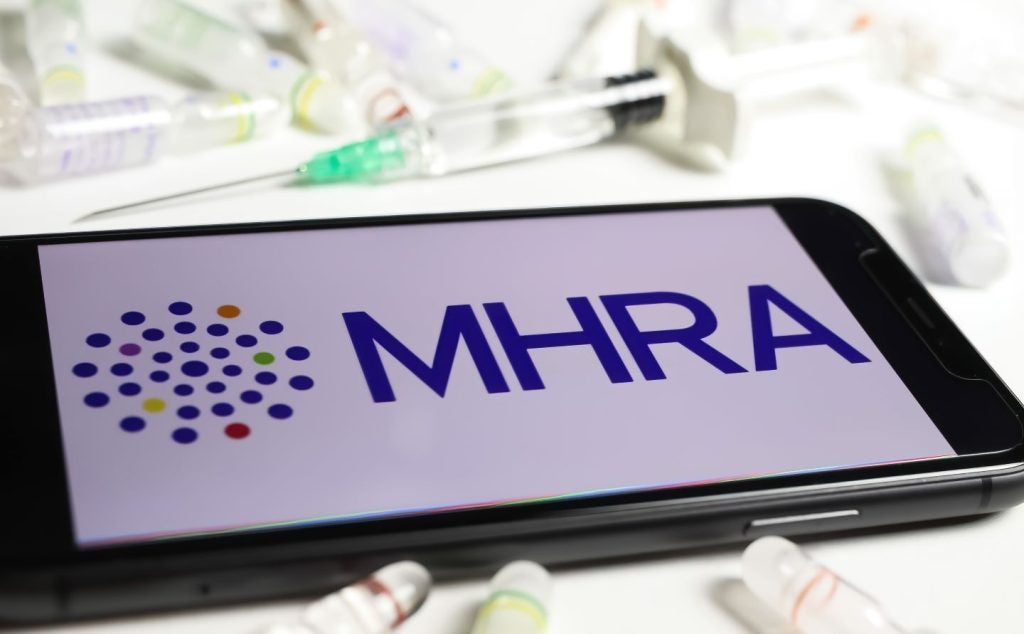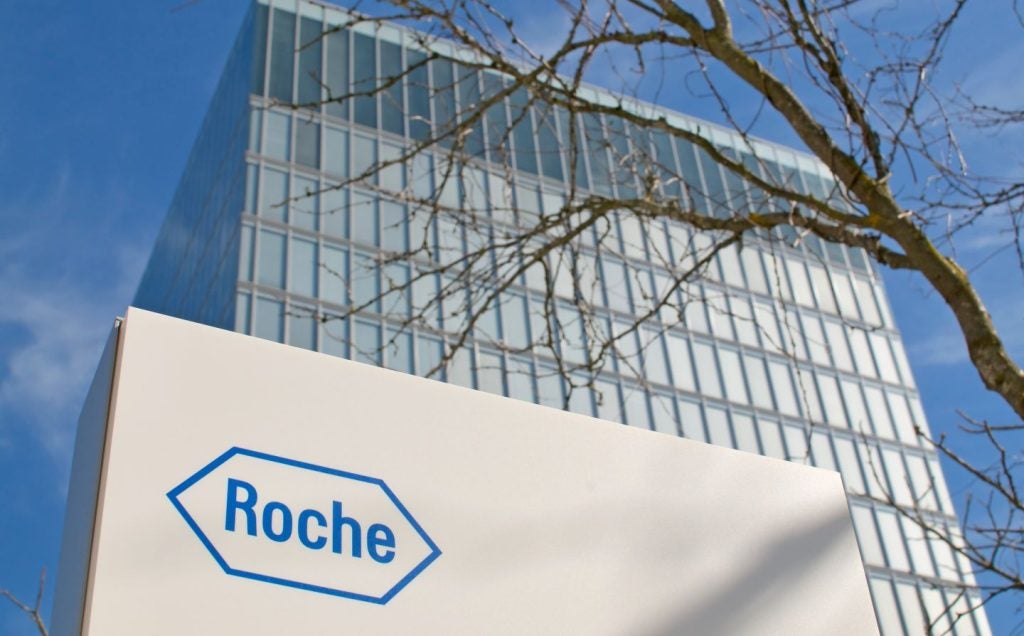The age-related macular degeneration (AMD) market is expected to grow at a compound annual growth rate of 14.1% throughout the forecast period (2021-2031), reaching $27.5bn across the seven major markets (7MM: US, France, Germany, Italy, Spain, UK, and Japan) according to GlobalData’s report: Age-Related Macular Degeneration: Seven-Market Drug Forecast and Market Analysis - Update.
Major driving factors of this growth include the launch of longer-acting anti-vascular endothelial growth factor (VEGF) therapies to treat patients with wet age-related macular degeneration (wAMD), and the highly anticipated arrival of therapies into the geographic atrophy (GA) space, among other factors.
AMD is a condition where the macula, a small, oval-shaped area of the retina that is responsible for high-acuity and central vision, breaks down, giving rise to symptoms that include blurred vision, poor contrast sensitivity, metamorphopsia, visual hallucinations, and slow visual recovery after photostress tests.
While AMD does not lead to complete blindness, the loss of central vision can negatively impact patients’ quality of life as everyday tasks become increasingly challenging.
In interviews with GlobalData, a leading data and analytics company, key opinion leaders (KOLs) emphasised that the greatest unmet needs in the AMD space included the need for longer-acting anti-VEGF therapies, treatment for GA, availability or accessibility of specialists, lower patient wait times, less invasive drug formulations, and early diagnosis of patients, as well as increasing awareness of AMD.
Currently marketed first-line therapies mainly focus on the VEGF mechanism of action.
Looking ahead, some of the current late-stage pipeline products for AMD emulate what is currently on the market, employing the VEGF mechanism of action.
This includes AbbVie and REGENXBIO’s RGX-314, Adverum Biotechnologies’ ixoberogene soroparvovec, Opthea’s OPT-302, EyePoint Pharmaceuticals’ vorolanib, Clearside BioMedical’s axitinib, and Ocular Therapeutix’s axitinib SR, among others.
Therapies that are anticipated to reach the AMD market during the forecast will introduce new mechanisms of action in the wAMD space, including Unity Biotechnology’s UBX-1325, which is a Bcl 2 inhibitor, Ribomic’s RBM-007, which is a fibroblast growth factor 2 inhibitor, and Asvattha Therapeutics’ D-4517, which is a platelet-derived growth factor receptor inhibitor and VEGF inhibitor.
In addition to the two first therapies to be approved this year for GA, Apellis Pharmaceuticals’ Syfovre and Iveric Bio’s Izervay, there are three therapies in the late-stage pipeline: Alkeus Pharmaceuticals’ ALK-001, which is a chemically modified vitamin A, Belite Bio’s Tinlarebant, which is a retinol-binding protein 4 inhibitor, and Annexon’s ANX-007, which is a complement C1q subcomponent inhibitor.
This is of great benefit within the AMD space, especially in the case of patients with GA who, prior to the launches of Syfovre and Izervay, did not have any pharmacotherapy treatment for their condition.
Furthermore, the market is currently saturated with therapies that employ the intravitreal route of administration, nonetheless, there are some therapies currently in the pipeline for both wAMD and GA that employ alternative routes of administration: for wAMD, options include Ashvattha Therapeutics’ D-4517, which employs a subcutaneous route of administration, whereas for GA, options include Belite Bio’s Tinlarebant and Alkeus Pharmaceuticals’ ALK-001, both of which are administered orally.
As these therapies can be self-administered, this will greatly reduce treatment days, which is of paramount interest as most patients with AMD are older.
Simultaneously, therapies with longer treatment intervals are a dominant trend in the AMD pipeline.
GlobalData forecasts that the highly anticipated high-dose Eylea (aflibercept 8mg) will ensure that Eylea retains a large market share within the AMD space throughout the forecast period, due to its potential shown in extending treatment intervals in clinical trials.
Other examples of therapies that aim to provide longer treatment intervals include Adverum Biotechnologies’ ixoberogene soroparvovec, AbbVie and REGENXBIO’s RGX-314, and Ocular Therapeutix’s axitinib SR, among others.
While the AMD market is projected to grow in the forecast period across the 7MM, it may face some challenges.
Throughout the forecast period, Eylea is set to lose market exclusivity in the US in 2024 and in the 5EU (France, Germany, Italy, Spain, and the UK) in 2025, leading to an anticipated entry of biosimilars.
Ranibizumab biosimilars are also set to enter the AMD market during the forecast period, which will undoubtedly compete with their parent drug, Lucentis.
Nonetheless, the launch of late-stage pipeline therapies with new mechanisms of action, routes of administration, longer treatment intervals, and improved efficacies will undoubtedly be a driving force for market growth in the AMD space.















